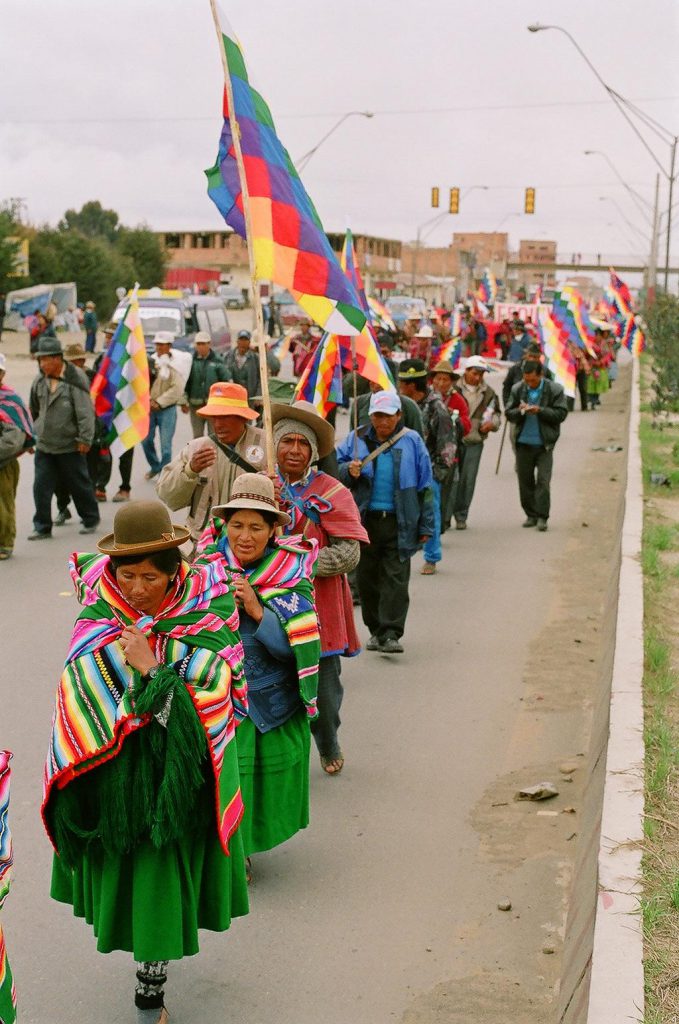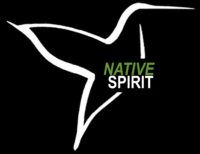Posted by Owen Van Spall – 18 November 2009 for Newstateman Magazine
A season of films celebrates the struggles of indigenous peoples

Coming on the heels of the glamour this month of the London Film Festival, the third Native Spirit Festival, presented by Native Spirit Foundation, offered a quieter, more serious programme. Hidden away from Southbank and the buzz of Leicester Square, the programme location was divided between the Amnesty International Human Rights Action Centre in Shoreditch, the 16mm Cafe in Soho, and Fitzrovia’s Bolivar Hall.
The Native Spirit Festival aims “to promote cultural exchange, self-respect, social and environmental awareness” by showcasing films and performances about and by indigenous peoples from across the globe, from the Navajos to the Maoris.
The backdrop to most of the films in the programme was the struggle to control the way indigenous people’s stories are told to the outside world. Also prominent were the more tangible aims of economic development, education and compensation. For example, Wiek Lenssens’s Pidislan’s Gold and Nicolas Defosse’s La Yerbabuena: a Community in Resistance tell all-too-familiar tales of communities facing eviction from their land and grappling with pollution from industrial development. Pidislan’s Gold focuses on the pollution by mining of the north Philippines pastures of the Igorot people. La Yerbabuena celebrates the peasant communities of Colima in Mexico, a town at the foot of a huge active volcano, who are resisting eviction with the aid of the Zapatistas.
Central to the preservation of a people’s identity is language. Lena Ellsworth’s striking documentary Ulummi is told from the point of view of young Inuit people from Nunavik and Nunavu, in the far north of Canada. Isolated not only by the harsh weather but also by the unresolved battle between Inuit tradition and the ravages of capitalism, the Inuit also suffer higher-than-average suicide rates, as well as devastating levels of alcohol and drug abuse. Decades ago, forcible re-education of Inuit children resulted in a huge decline in the use of the native Inuktitut language. Today, the teaching of Inuktitut (or lack of it) in schools is at the centre of the struggle to reconcile tradition with modernity. Many parents worry that Inuktituk will fade out in a few generations and are working to reverse the tide.
Bennie Klain’s Weaving Worlds, which is focused on the Navajo, shows how hard it is to strike a balance between the preservation of an old culture and survival in a modern economy. Klain is interested in the relationship between the Navajo rug-weavers of New Mexico and Arizona and the traders who helped export their now-famous and expensive rugs (an original antique rug can fetch up to half a million dollars at auction) around the world. Are the white traders — some of whom have even taken the trouble to learn Navajo — helping the nation by offering Navajos a way into the global economy, as some of them claim, or are they exploiting the people by paying far less than the rugs are worth?
Although it doesn’t enjoy the LFF’s crowd pull or its column inches in the press, the Native Spirit Festival’s mix of short films and lengthier documentaries offers an illuminating and important alternative. And it reminds us that indigenous peoples across the world continue to struggle with the legacy of five centuries of invasion and colonisation.


